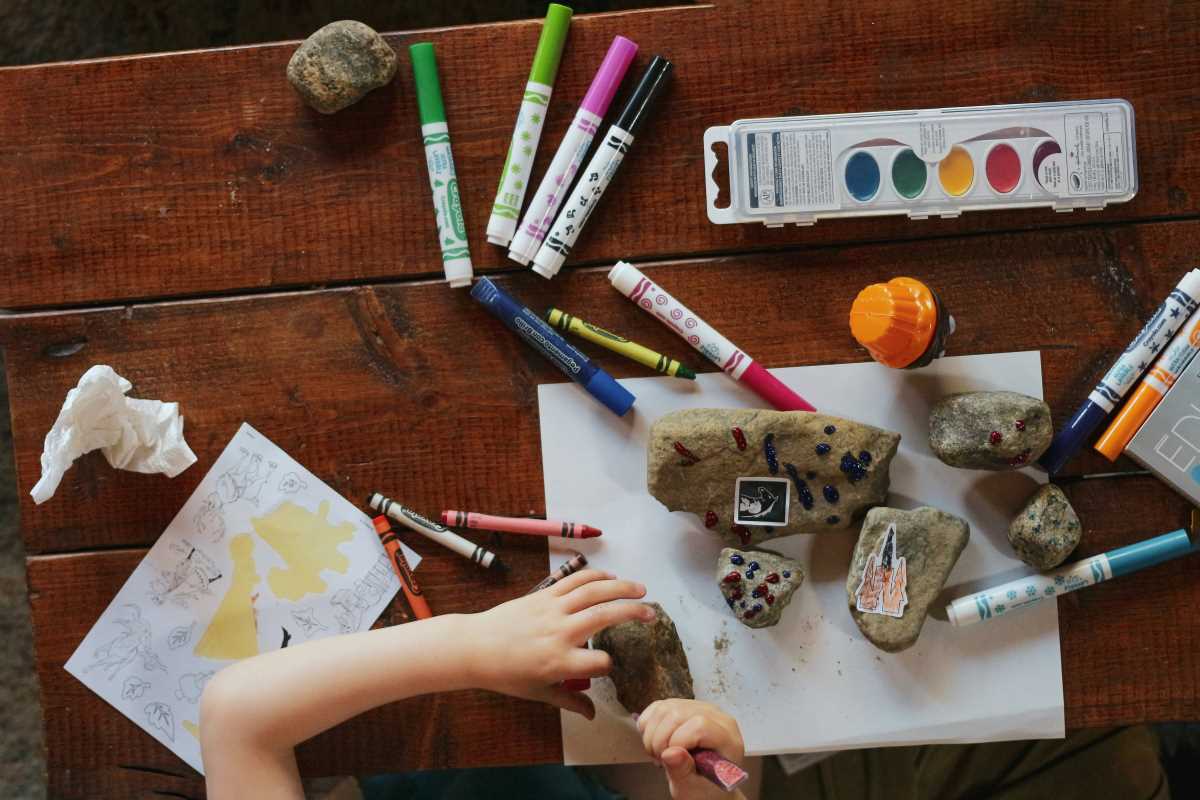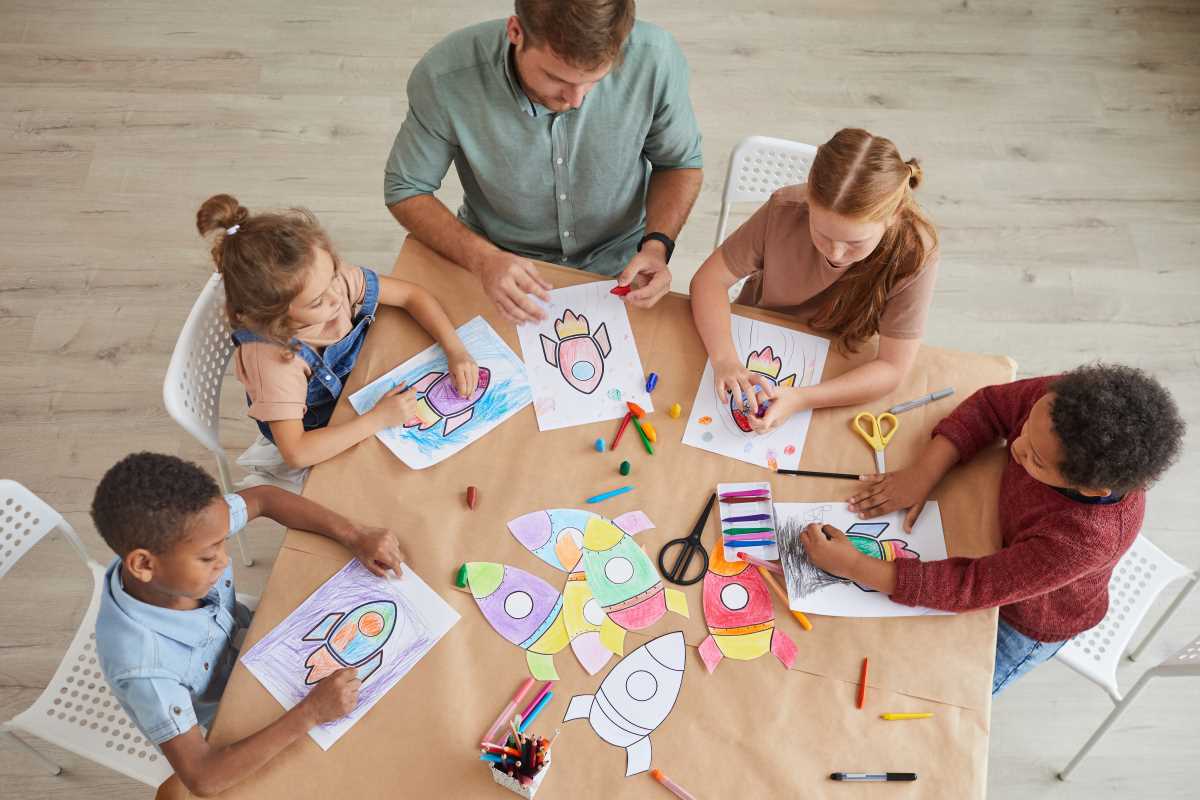Turning everyday moments into exciting experiences often starts with a spark of creativity right at home. Simple activities and a playful spirit can transform ordinary objects into sources of fun and laughter. Carving out time for creative play encourages new ways of thinking, helps children develop problem-solving skills, and gives every family member a chance to express themselves. You do not need expensive materials or detailed plans—just a few common household items can inspire inventive games and crafts. These moments of shared creativity can fill the home with laughter and help everyone connect in surprising and memorable ways.
Transforming the mundane into imaginative play can also be a break from routine and an easy way to bond over fun projects. Whether it’s repurposing a cardboard box into a secret fort or turning old jars into dazzling lanterns, these creative moments are as special as they are simple.
Benefits of Creative Play With Everyday Materials
Using everyday items in creative play helps build crucial skills in a surprisingly playful way. When kids get hands-on with common objects, they naturally improve their problem-solving skills and learn to see potential in what might otherwise be thrown away. Experimenting with these materials can lead to successes, mishaps, and epic discoveries that inspire confidence and resilience.
The benefits extend beyond clever crafts. Creative activities encourage spatial awareness, motor skills, and a willingness to experiment with ideas. They also cultivate a sense of resourcefulness and teamwork, proving that the simplest objects can lead to the most imaginative adventures:
- Improved motor skills and coordination
- Boosted creativity and critical thinking
- Enhanced ability to collaborate and communicate
Gathering and Organizing Everyday Materials
Before starting a creative adventure at home, it’s a smart move to gather a collection of everyday items that can turn into art and play. Sorting these items into a special box or designated shelf can turn spills into creative breakthroughs and allow spontaneous projects whenever inspiration strikes. You might find treasures in the most unlikely places such as the kitchen, garage, or your recycling bin.
Begin by taking a small inventory of the items already available in your home. These pieces can serve as the building blocks for crafts or as materials to support experimental play. Here’s a simple checklist to get you started:
- Cardboard boxes and tubes
- Old magazines, newspapers, and scrap paper
- Plastic bottles, jars, and caps
- Fabric scraps and old clothing
- Buttons, beads, and miscellaneous trinkets
- String, ribbons, and elastic bands
- Aluminum foil and paper towel rolls
- Leftover wrapping paper and gift bags
- Tin cans (safely prepped for art)
- Miscellaneous kitchen utensils and containers
Easy and Fun DIY Projects
Simple projects can serve as a great starting point for a creative journey at home. One exciting idea is to create customized picture frames from repurposed materials. Find a sturdy cardboard piece, decorate it with scraps of fabric or colorful paper, and add embellishments to match your personal style. This DIY frame can hold a snapshot of a fun memory or a piece of art that your little one made, instantly turning a simple item into something memorable.
Encouraging Imagination and Problem-Solving
It’s exciting to see new ideas emerge during creative play, and many ways exist to keep that spark alive. One fun tip is to create themed challenges during craft time, such as building the tallest tower with a set timer or inventing a story using found objects. These activities encourage inventiveness and help individuals discover unique solutions while enjoying the process calmly.
Encouraging independent thinking involves letting creativity flow freely. Set up a designated creative space where mistakes are welcomed to allow experimentation. You might begin with a simple question like, "What can we turn this bottle into?" or "How can we use this piece of fabric to brighten up our room?" Making these playful inquiries a habit helps small problem solvers see failures as just another step toward brilliant outcomes.
Making Creativity a Routine at Home
Designate a regular time for crafts or impromptu projects to turn creative play into a part of the daily routine. When everyone joins in, even a short period dedicated to exploring ideas can become the highlight of your day. Experiment with different creative times – perhaps a weekend afternoon workshop or a quick evening craft session before dinner!
Use these ideas to breathe life into your routine:
- Set aside a dedicated space stocked with accessible crafting materials.
- Establish a regular "art hour" where everyone brings a small project to share.
- Rotate through different creative themes each week to keep things fresh.
- Incorporate creative activities into everyday tasks, like designing custom labels for jars.
- Plan a mini-exhibition once a month to celebrate and display creations proudly.
Everyday materials can spark creative projects with imagination. Use what you have and enjoy unexpected results at home.
 (Image via
(Image via





